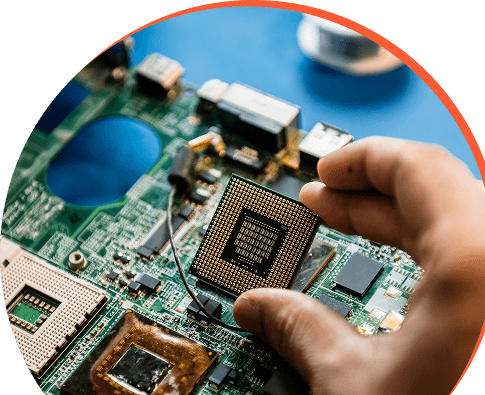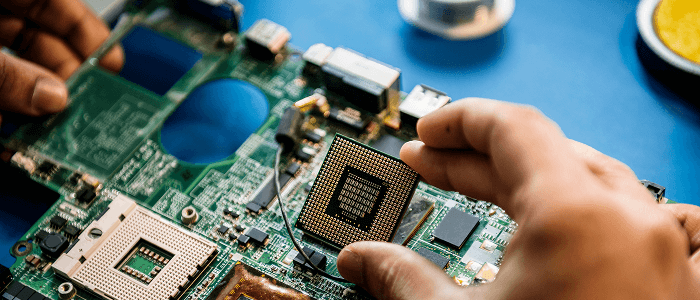Level Up in DV & DFT with ChipEdge – DV Plus
Prefer learning in a classroom? Like asking your doubts face-to-face? Then ChipEdge’s DVPlus offline course is the right place for you. It’s the same powerful DV and DFT combo course, but taught in person, in small batches, by experienced trainers.
You’ll sit in a real lab, work with real tools, and learn everything you need to crack the toughest interviews in the VLSI field.
Designed for
- B.E / B.Tech in Electronics / Electrical / Instrumentation
- M.Tech / M.S in VLSI / Embedded Systems / Electronics / Similar
- Working Professionals from embedded, software, or hardware domains looking to pivot

















